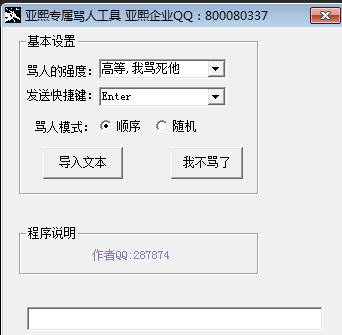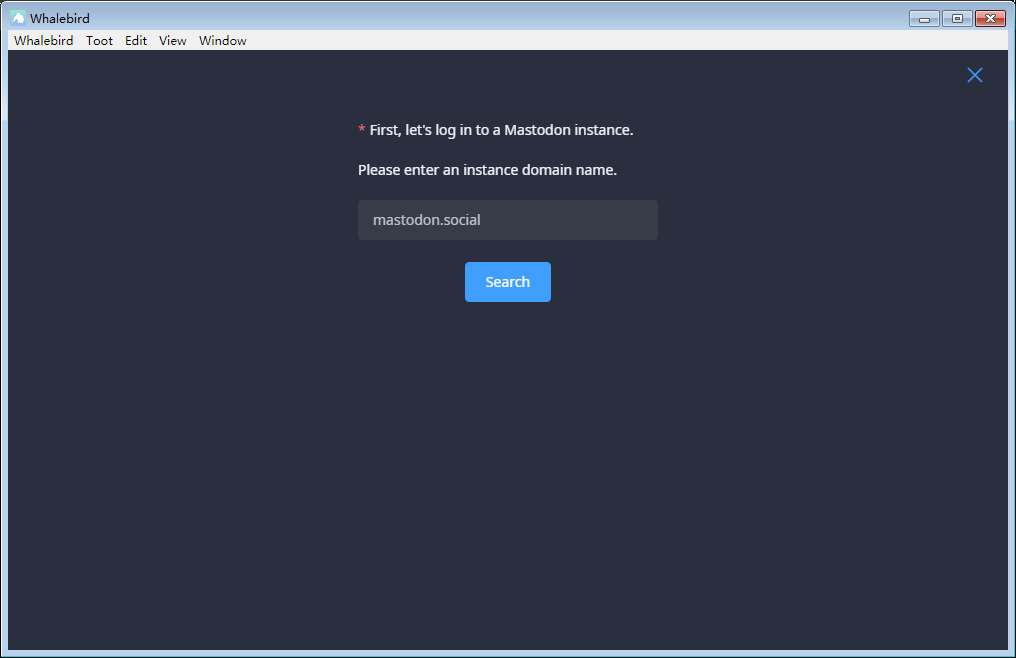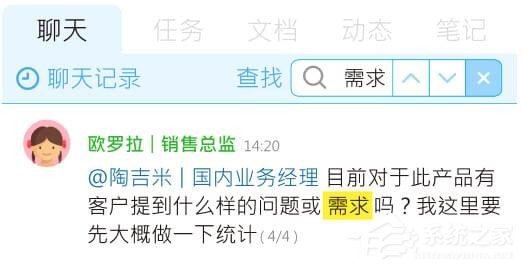Golang中Bit数组如何实现(代码示例)
时间:2022-02-24 10:28
下面由Golang教程栏目给大家介绍Golang中Bit数组的实现方法,希望对需要的朋友有所帮助!

Go语言实现Bit数组常用方法
Go语言里的集合一般会用map[T]bool这种形式来表示,T代表元素类型。集合用map类型来表示虽然非常灵活,但我们可以以一种更好的形式来表示它。例如在数据流分析领域,集合元素通常是一个非负整数,集合会包含很多元素,并且集合会经常进行并集、交集操作,这种情况下,bit数组会比map表现更加理想。
一个bit数组通常会用一个无符号数或者称之为“字”的slice来表示,每一个元素的每一位都表示集合里的一个值。当集合的第i位被设置时,我们才说这个集合包含元素i。下面的这个程序展示了一个简单的bit数组类型,并且实现了三个函数来对这个bit数组来进行操作:
- package main
- import (
- "bytes"
- "fmt"
- )
- // An IntSet is a set of small non-negative integers.
- // Its zero value represents the empty set.
- type IntSet struct {
- words []uint
- }
- const (
- bitNum = (32 << (^uint(0) >> 63)) //根据平台自动判断决定是32还是64
- )
- // Has reports whether the set contains the non-negative value x.
- func (s *IntSet) Has(x int) bool {
- word, bit := x/bitNum, uint(x%bitNum)
- return word < len(s.words) && s.words[word]&(1<<bit) != 0
- }
- // Add adds the non-negative value x to the set.
- func (s *IntSet) Add(x int) {
- word, bit := x/bitNum, uint(x%bitNum)
- for word >= len(s.words) {
- s.words = append(s.words, 0)
- }
- s.words[word] |= 1 << bit
- }
- //A与B的交集,合并A与B
- // UnionWith sets s to the union of s and t.
- func (s *IntSet) UnionWith(t *IntSet) {
- for i, tword := range t.words {
- if i < len(s.words) {
- s.words[i] |= tword
- } else {
- s.words = append(s.words, tword)
- }
- }
- }
因为每一个字都有64个二进制位,所以为了定位x的bit位,我们用了x/64的商作为字的下标,并且用x%64得到的值作为这个字内的bit的所在位置。
例如,对于数字1,将其加入比特数组:
- func (s *IntSet) Add(x int) {
- word, bit := x/bitNum, uint(x%bitNum) //0, 1 := 1/64, uint(1%64)
- for word >= len(s.words) { // 条件不满足
- s.words = append(s.words, 0)
- }
- s.words[word] |= 1 << bit // s.words[0] |= 1 << 1
- }
- // 把1存入后,words数组变为了[]uint64{2}
同理,假如我们再将66加入比特数组:
- func (s *IntSet) Add(x int) {
- word, bit := x/bitNum, uint(x%bitNum) //1, 2 := 66/64, uint(66%64)
- for word >= len(s.words) { // 条件满足
- s.words = append(s.words, 0) // 此时s.words = []uint64{2, 0}
- }
- s.words[word] |= 1 << bit // s.words[1] |= 1 << 2
- }
- // 继续把66存入后,words数组变为了[]uint64{2, 4}
所以,对于words,每个元素可存储的值有64个,每超过64个则进位,即添加一个元素。(注意,0也占了一位,所以64才要进位,第一个元素可存储0-63)。
所以,对于words中的一个元素,要转换为具体的值时:首先取到其位置i,用 64 * i 作为已进位数(类似于每10位要进位), 然后将这个元素转换为二进制数,从右往左数,第多少位为1则表示相应的有这个值,用这个位数 x+64 *i 即为我们存入的值。
相应的,可有如下String()函数
- // String returns the set as a string of the form "{1 2 3}".
- func (s *IntSet) String() string {
- var buf bytes.Buffer
- buf.WriteByte('{')
- for i, word := range s.words {
- if word == 0 {
- continue
- }
- for j := 0; j < bitNum; j++ {
- if word&(1<<uint(j)) != 0 {
- if buf.Len() > len("{") {
- buf.WriteByte(' ')
- }
- fmt.Fprintf(&buf, "%d", bitNum*i+j)
- }
- }
- }
- buf.WriteByte('}')
- return buf.String()
- }
例如,前面存入了1和66后,转换过程为:
- // []uint64{2 4}
- // 对于2: 1 << 1 = 2; 所以 x = 0 * 64 + 1
- // 对于4: 1 << 2 = 4; 所以 x = 1 * 64 + 2
- // 所以转换为String为{1 66}
实现比特数组的其他方法函数
- func (s *IntSet) Len() int {
- var len int
- for _, word := range s.words {
- for j := 0; j < bitNum; j++ {
- if word&(1<<uint(j)) != 0 {
- len++
- }
- }
- }
- return len
- }
- func (s *IntSet) Remove(x int) {
- word, bit := x/bitNum, uint(x%bitNum)
- if s.Has(x) {
- s.words[word] ^= 1 << bit
- }
- }
- func (s *IntSet) Clear() {
- s.words = append([]uint{})
- }
- func (s *IntSet) Copy() *IntSet {
- intSet := &IntSet{
- words: []uint{},
- }
- for _, value := range s.words {
- intSet.words = append(intSet.words, value)
- }
- return intSet
- }
- func (s *IntSet) AddAll(args ...int) {
- for _, x := range args {
- s.Add(x)
- }
- }
- //A与B的并集,A与B中均出现
- func (s *IntSet) IntersectWith(t *IntSet) {
- for i, tword := range t.words {
- if i >= len(s.words) {
- continue
- }
- s.words[i] &= tword
- }
- }
- //A与B的差集,元素出现在A未出现在B
- func (s *IntSet) DifferenceWith(t *IntSet) {
- t1 := t.Copy() //为了不改变传参t,拷贝一份
- t1.IntersectWith(s)
- for i, tword := range t1.words {
- if i < len(s.words) {
- s.words[i] ^= tword
- }
- }
- }
- //A与B的并差集,元素出现在A没有出现在B,或出现在B没有出现在A
- func (s *IntSet) SymmetricDifference(t *IntSet) {
- for i, tword := range t.words {
- if i < len(s.words) {
- s.words[i] ^= tword
- } else {
- s.words = append(s.words, tword)
- }
- }
- }
- //获取比特数组中的所有元素的slice集合
- func (s *IntSet) Elems() []int {
- var elems []int
- for i, word := range s.words {
- for j := 0; j < bitNum; j++ {
- if word&(1<<uint(j)) != 0 {
- elems = append(elems, bitNum*i+j)
- }
- }
- }
- return elems
- }
至此,比特数组的常用方法函数都已实现,现在可以来使用它。
- func main() {
- var x, y IntSet
- x.Add(1)
- x.Add(144)
- x.Add(9)
- fmt.Println("x:", x.String()) // "{1 9 144}"
- y.Add(9)
- y.Add(42)
- fmt.Println("y:", y.String()) // "{9 42}"
- x.UnionWith(&y)
- fmt.Println("x unionWith y:", x.String()) // "{1 9 42 144}"
- fmt.Println("x has 9,123:", x.Has(9), x.Has(123)) // "true false"
- fmt.Println("x len:", x.Len()) //4
- fmt.Println("y len:", y.Len()) //2
- x.Remove(42)
- fmt.Println("x after Remove 42:", x.String()) //{1 9 144}
- z := x.Copy()
- fmt.Println("z copy from x:", z.String()) //{1 9 144}
- x.Clear()
- fmt.Println("clear x:", x.String()) //{}
- x.AddAll(1, 2, 9)
- fmt.Println("x addAll 1,2,9:", x.String()) //{1 2 9}
- x.IntersectWith(&y)
- fmt.Println("x intersectWith y:", x.String()) //{9}
- x.AddAll(1, 2)
- fmt.Println("x addAll 1,2:", x.String()) //{1 2 9}
- x.DifferenceWith(&y)
- fmt.Println("x differenceWith y:", x.String()) //{1 2}
- x.AddAll(9, 144)
- fmt.Println("x addAll 9,144:", x.String()) //{1 2 9 144}
- x.SymmetricDifference(&y)
- fmt.Println("x symmetricDifference y:", x.String()) //{1 2 42 144}
- for _, value := range x.Elems() {
- fmt.Print(value, " ") //1 2 42 144
- }
- }
以上就是Golang中Bit数组如何实现(代码示例)的详细内容,更多请关注gxlsystem.com其它相关文章!



























